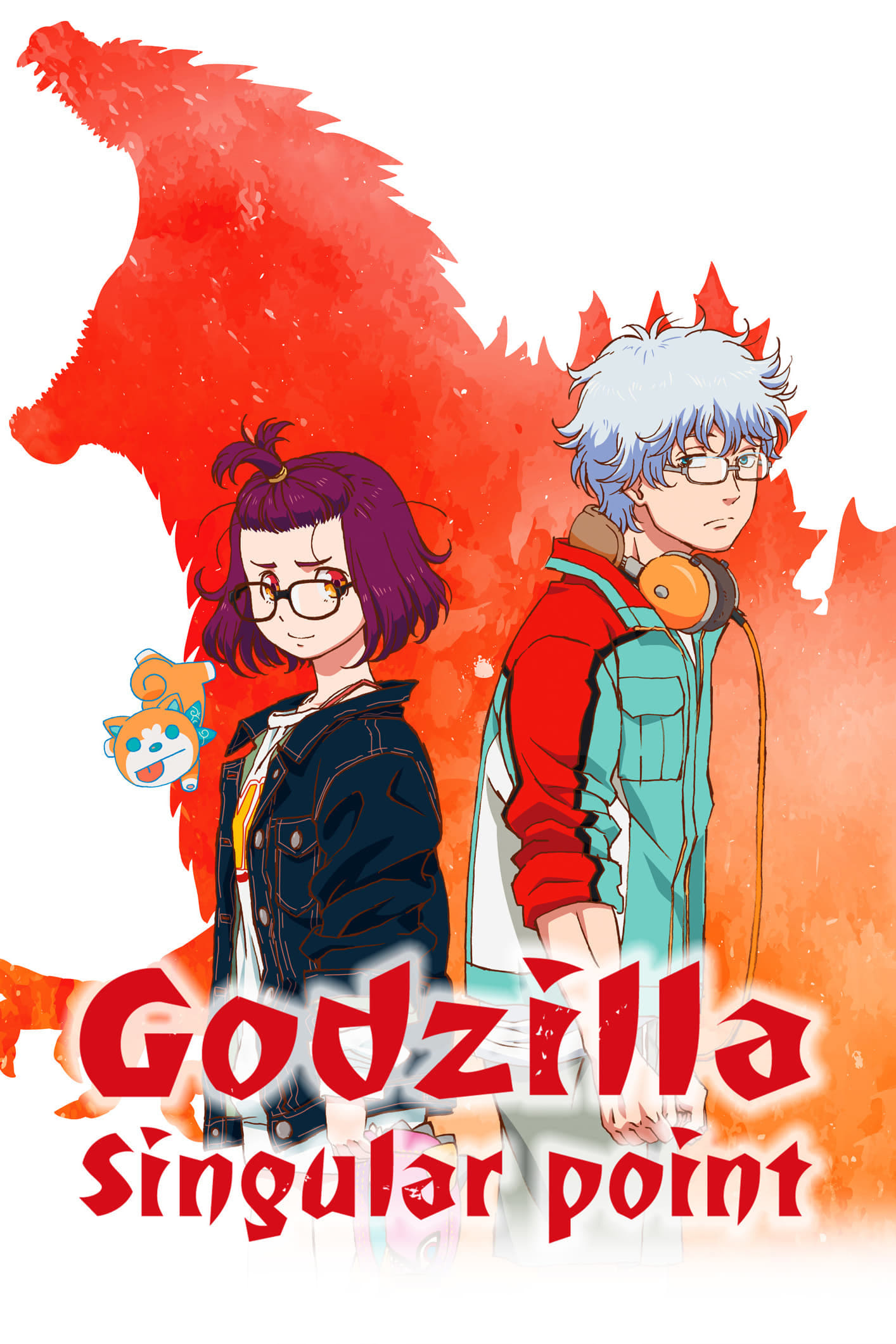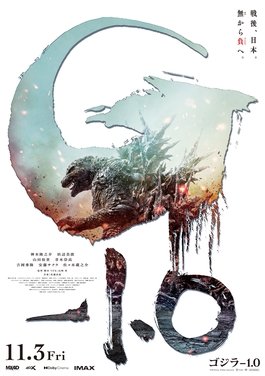
I didn’t really expect a series about Godzilla to go into detail about the nature of time.
In fact, the series has a distinct lack of Godzilla about 90% of the time, which my brother found to be its biggest flaw – if you’re going into it to watch kaiju punching each other in the face, you will be sorely disappointed. There are kaiju, sure – there are a bunch of pterodactyl-like Rodans, there’s an Anguillas, there are some sea monsters and giant monster-spiders and so on. But they are more like unstoppable forces of nature whose origins and nature are a mystery, and who scare the pants off us feeble humans.
About 90% of the time, the story is divided between dealing with various non-Godzilla kaiju, and examining nonlinear timestreams, such as receiving information from the future, and particles that can’t be detected, and artificial intelligence. It’s a very intellectual series with Godzilla as the primal draw and the ultimate culmination of everything it’s building towards, so if you just want Godzilla in particular punching monsters you are not going to enjoy it. There’s a lot of talking.
Also red dust. Sooooooo much red dust. It makes sense in context.
The rest of the 90% is divided pretty evenly between trying to unravel the mysteries of time and trying to stop kaiju in creative ways. Especially since there are different people with different motives, and different knowledge, sometimes working together and sometimes kind of undermining one another. The story mostly revolves around a small group of oddballs – a nerdy girl majoring in imaginary creatures (now THERE’S a complete sink for your student loans), a crazy old man building a giant robot to save the world (because Japan), and a young man who seems to have a real knack for figuring out the kaiju and programming artificial intelligence.
It also takes notes from Shin Godzilla by having Godzilla evolve through different forms over the course of the series. In fact, sometimes you can only tell it’s him because of that classic Godzilla musical sting. His final form has a mouth that could eat an entire meatball sub in one bite.
Also: my brother noted that the female lead reminded him of Velma from Scooby-Doo… and I kinda see it. Nerdy, clumsy, chin-length hair and glasses, into weird esoteric stuff… she’s like Velma turned into a cute anime girl, only her interest is insects who are their own grandpa instead of the occult.
I’d say that its biggest flaw, aside from a lack of Godzilla, is that it probably takes a few viewings to understand the theories behind it. The concepts and theories are a bit dense at times, and it sometimes treats viewers as if they are already aware of the science, or the explanations sort of dart by so fast that you might not notice.
If you like thinking-style anime like Steins;Gate and a hefty dose of kaiju chaos, then Godzilla Singular Point is something you might enjoy. Even if you don’t know if you might like those things, it’s worth checking out simply because it is such an unusual beast.
